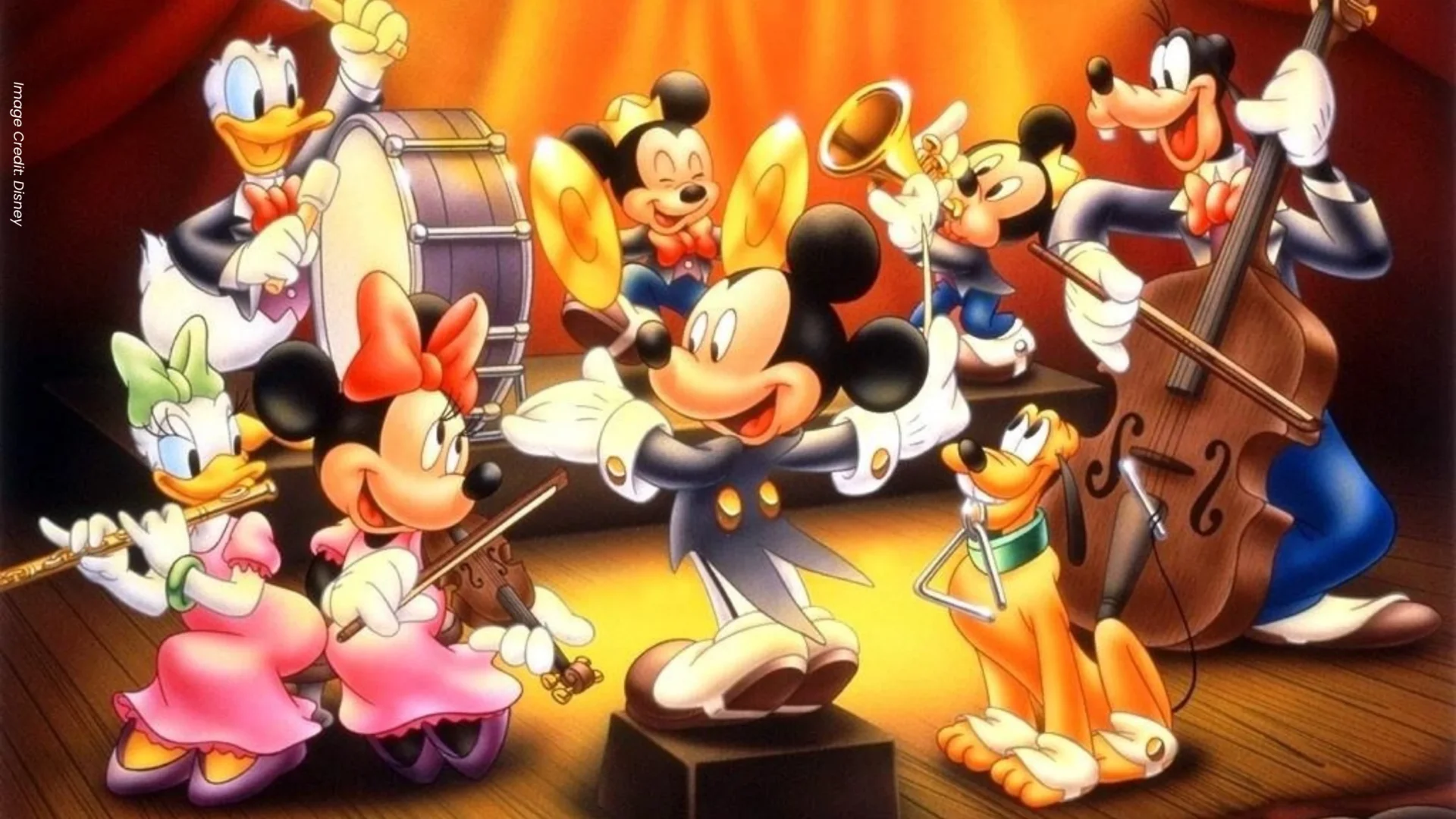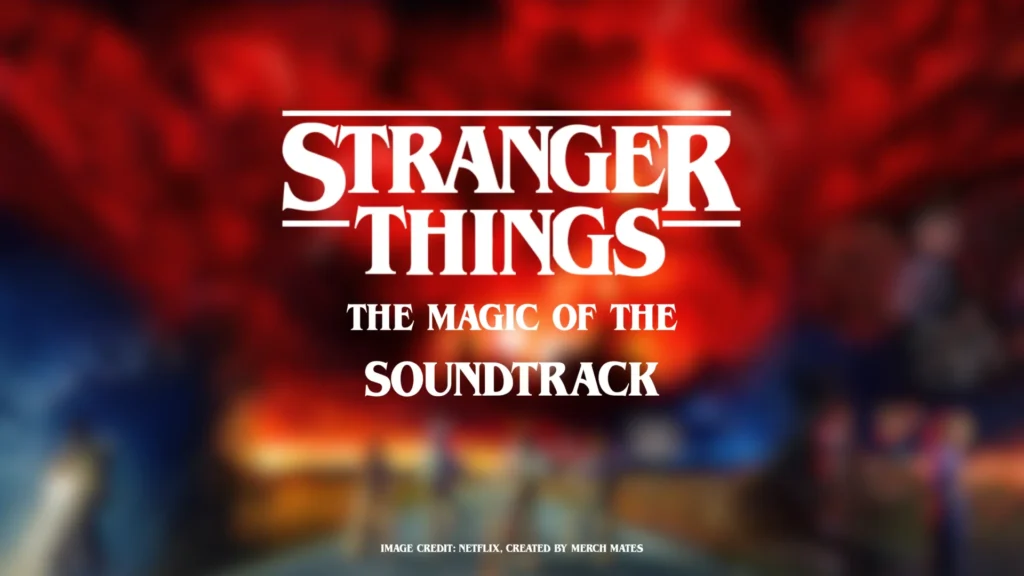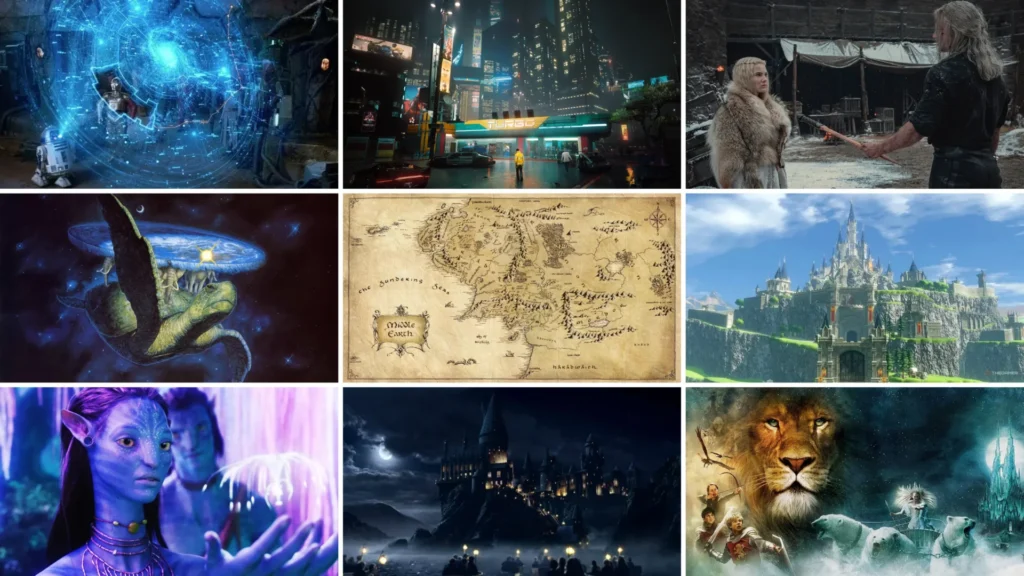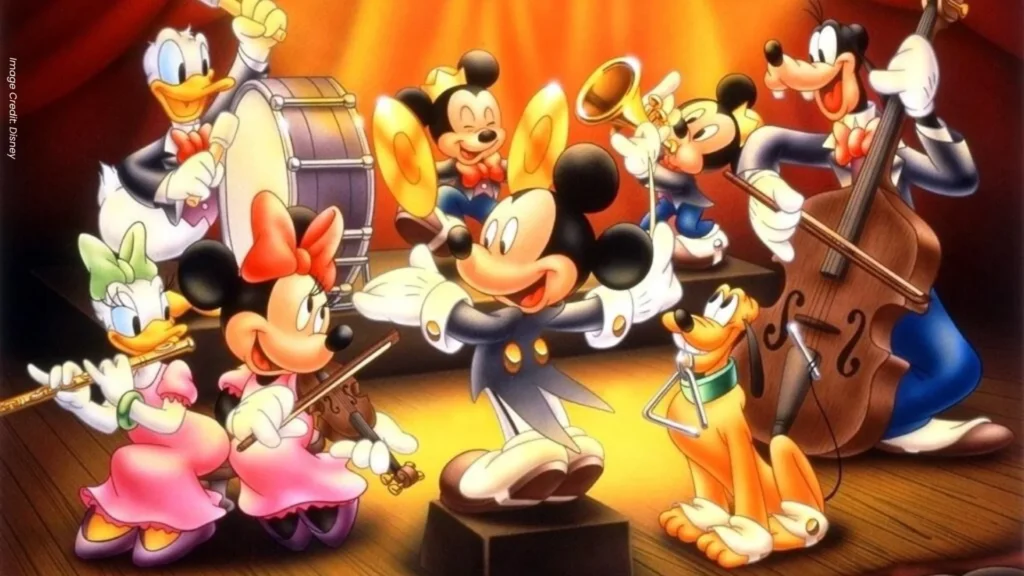Disney songs have played a significant role in the success of Walt Disney Animation Studios, creating memorable moments that resonate with audiences of all ages. From timeless classics like “Beauty and the Beast” to newer hits like “Let It Go” from Frozen, these songs have become a defining feature of animated Disney movies. They combine powerful storytelling with captivating melodies, bringing characters and stories to life through music.
The best 21 Disney songs of all time represent a blend of emotional ballads, uplifting anthems, and unforgettable tunes that have shaped Disney’s musical legacy. These songs span decades, showcasing the talent of composers like Alan Menken, Elton John, and lyricists such as Tim Rice, who crafted melodies that remain iconic today.
Their enduring appeal lies in the ability to connect with listeners on a personal level, whether through themes of love, courage, or friendship. These songs are not only beloved by fans but have also earned critical acclaim, receiving awards and nominations that reflect their importance in animated Disney movies.
PLEASE NOTE: This list only contains songs featured in Walt Disney Animation Studios films.
For a full Disney music experience, check out this playlist on Apple Music.
The Definitive Best 21 Disney Songs Ranked
These songs stand out for their memorable melodies, powerful storytelling, and lasting cultural impact. Each track defines its film’s emotional core while showcasing the distinct musical style of Disney Animation Studios across different eras.
Let It Go (Frozen)
“Let It Go” is Elsa’s anthem of self-acceptance and liberation from fear. It captures a pivotal moment where she embraces her powers and independence, marking a turning point in Frozen’s narrative. The song’s soaring melody and empowering lyrics, performed by Idina Menzel, resonated globally, becoming a cultural phenomenon beyond the film. It combines emotional depth with a strong vocal performance, making it an earworm and a symbol of personal freedom.
A Whole New World (Aladdin)
This duet is the romantic highlight of Aladdin, encapsulating the wonder of discovery and new experiences. Sung by Aladdin and Jasmine, the song uses sweeping orchestration and lyrical imagery to evoke a sense of adventure and magic. Written by Alan Menken and Tim Rice, it won the Academy Award for Best Original Song and remains a staple of Disney’s musical legacy. Its timeless appeal lies in the smart blend of storytelling and timeless romance.
Circle of Life (The Lion King)
Opening The Lion King, “Circle of Life” sets the film’s grand, epic tone. The song, composed by Elton John with lyrics by Tim Rice, expresses themes of nature and the interconnectedness of life. Its memorable Zulu chant introduction, lush orchestration, and dramatic scale establish Simba’s world and the story’s stakes. It highlights Scar’s looming threat indirectly by framing the film’s natural order, and underscores the majesty of Disney’s animation.
Under the Sea (The Little Mermaid)
This joyous calypso number, performed by Sebastian the crab, highlights the underwater beauty of The Little Mermaid. The song blends catchy rhythms with clever lyrics that contrast Ariel’s dreams with her current, vibrant ocean life. It won the Academy Award for Best Original Song and showcases Disney Animation Studios’ skill at integrating character and setting through music. Its playful energy and memorable hooks have made it a fan favourite for decades.
Iconic Disney Duets and Ballads
These songs stand out for their memorable melodies and emotional depth. They often mark key moments in their films, reflecting character relationships and pivotal story developments. The songs are composed and performed to create lasting emotional connections with the audience.
Can You Feel the Love Tonight (The Lion King)
Composed by Elton John with lyrics by Tim Rice, Can You Feel the Love Tonight is a central romantic ballad in The Lion King (1994). It expresses the evolving love between Simba and Nala.
The song combines gentle melodies with heartfelt lyrics. It features voices in the film by Joseph Williams, Sally Dworsky, Lebo M., and Nathan Lane. The track won an Academy Award for Best Original Song and a Golden Globe, reflecting its critical acclaim.
Its placement during Simba and Nala’s reunion highlights emotional vulnerability and romantic connection. The balance of orchestration and vocals elevates the story’s theme of love and unity – accentuated by the stunning visuals.
So This Is Love (Cinderella)
So This Is Love is a tender waltz featured in Disney’s Cinderella (1950), performed by Ilene Woods (Cinderella’s singing voice) and Mike Douglas (Prince Charming).
The song captures the instant connection and delicate romance between Cinderella and the Prince. The gentle, flowing melody complements the ballroom setting and the fairy tale atmosphere.
This piece emphasises the simplicity and sincerity of new love. Its concise lyrics focus on the joy of finding someone special, fitting the timeless nature of the film.
Kiss the Girl (The Little Mermaid)
Kiss the Girl comes from The Little Mermaid (1989), written by Alan Menken with lyrics by Howard Ashman. It underscores a key moment where Sebastian urges Prince Eric to kiss Ariel.
The song features Samuel E. Wright as Sebastian, blending playful rhythm with romantic encouragement. It functions as both a narrative device and an atmosphere builder under the moonlight on the boat.
The melody is catchy and light, supporting an optimistic mood. The interaction between characters and music advances the plot without overpowering the scene.
Beauty and the Beast (Beauty and the Beast)
This title track from Beauty and the Beast (1991) is a duet between the characters Belle and the Beast, composed by Alan Menken with lyrics by Howard Ashman. Originally performed by Angela Lansbury and Jerry Orbach in the film, its reprise by Céline Dion and Peabo Bryson brought wider popularity.
The song captures the blossoming love between two very different characters, underscored by a sweeping orchestral arrangement. Its lyrical focus on seeing beyond appearances reflects the film’s central theme.
Beauty and the Beast won an Academy Award and a Golden Globe, reflecting its importance and appeal in Disney’s musical legacy. The timeless melody remains a staple of romantic Disney ballads.
Unforgettable Villain Songs
Disney villain songs stand out for their dark themes, strong characterisation, and memorable music. They often reveal motivations and deepen the story, making villains more complex and compelling. These songs combine powerful lyrics with striking melodies to create moments that linger long after the film ends.
Be Prepared (The Lion King)
“Be Prepared” is one of Disney’s most iconic villain songs, performed by Scar in The Lion King. Written by Tim Rice with music by Elton John, it captures Scar’s cunning and ambition to seize the throne. The song features a dramatic, marching rhythm and foreboding orchestration that reflects Scar’s sinister plan.
Scar uses the song to rally the hyenas, manipulating them into supporting his coup. The lyrics are sharp and threatening, clearly portraying Scar’s ruthless nature. Visually, the song is accompanied by dark, striking animation enhancing Scar’s menacing presence and the tension of betrayal.
Friends on the Other Side (The Princess and the Frog)
Dr. Facilier’s “Friends on the Other Side” from The Princess and the Frog is a masterclass in charm mixed with menace. Composed by Randy Newman, this song highlights Facilier’s role as a smooth-talking witch doctor who uses voodoo to deceive and manipulate.
The song stands out for its jazzy, New Orleans-inspired rhythm and clever lyrics that foreshadow the dark magic Facilier wields. It effectively sets up his character’s deceptive nature and the danger he poses through his “friends” – supernatural forces he calls upon.
Poor Unfortunate Souls (The Little Mermaid)
Ursula’s “Poor Unfortunate Souls” is a classic villain anthem. The song reveals Ursula’s manipulative and persuasive personality as she convinces Ariel to trade her voice for legs. The composition balances theatricality with a sly, mocking tone, reflecting Ursula’s role as a cunning sea witch.
The lyrics emphasize Ursula’s exploitative tactics, cloaked in a seemingly sympathetic appeal. Her theatrical delivery makes the song memorable, as it combines dark humour with a clear display of villainy. It is a pivotal moment in the film, signalling Ariel’s dangerous pact.
Hellfire (The Hunchback of Notre Dame)
“Hellfire” is a complex and mature villain song performed by Judge Frollo in The Hunchback of Notre Dame. The song explores Frollo’s inner conflict, blending his desire for Esmeralda with his religious guilt. Written by Stephen Schwartz with music by Alan Menken, it stands apart for its intensity and adult themes.
The dark, dramatic melody underscores Frollo’s obsession and moral corruption. The lyrics are poetic yet disturbing, reflecting the character’s tortured psyche. The song’s powerful presentation adds depth to Frollo’s villainy, making it one of Disney’s most compelling and haunting musical pieces.
Empowering Anthems and Modern Hits
These songs mark significant moments in Disney’s evolution, blending strong storytelling with memorable melodies. They highlight characters’ personal journeys and introduce fresh musical styles that resonate with contemporary audiences.
How Far I’ll Go (Moana)
“How Far I’ll Go” captures Moana’s drive to explore beyond her island’s horizon. Sung by Auli’i Cravalho, the song conveys a powerful sense of determination and self-discovery. Lin-Manuel Miranda’s composition combines melodic simplicity with emotional depth, making it resonate across age groups.
The lyrics reflect Moana’s inner conflict between duty and desire. It is both an individual anthem and a broader call for courage. The song’s popularity lies in its ability to inspire listeners to pursue their own paths despite uncertainties.
We Don’t Talk About Bruno (Encanto)
“We Don’t Talk About Bruno” plays a pivotal role in Encanto, revolving around the mysterious figure of Bruno Madrigal. The ensemble piece deftly combines multiple perspectives from the family Madrigal, creating a layered narrative through varied vocal lines.
Lin-Manuel Miranda’s signature rhythmic complexity and catchy hooks elevate the song beyond typical villain themes. Its fusion of Latin music styles and storytelling earned it widespread acclaim, making it one of Disney’s standout modern hits.
Love Is an Open Door (Frozen)
Performed by Kristen Bell and Santino Fontana as Anna and Hans, Love Is an Open Door offers a bright, upbeat duet early in Frozen 2. The song contrasts traditional Disney love songs by injecting humour and irony into the narrative.
Its catchy melody and quick dialogue-driven verses highlight Anna’s hopeful nature. Although later developments reveal the song’s playful foreshadowing, it remains a memorable piece that balances charm and narrative function effectively.
Classic Melodies from Early Disney Films
These timeless songs reflect the early years of Disney animation and helped define the studio’s musical style. Each track showcases unique storytelling through melody and lyrics, offering deep emotional connection or memorable character moments.
When You Wish Upon a Star (Pinocchio)
This song from Pinocchio (1940) is arguably Disney’s most iconic melody. Sung by Jiminy Cricket, it introduces the theme of hopeful dreaming, encapsulating Disney’s core message about wishes and belief. Its gentle tune and meaningful lyrics have made it synonymous with the Disney brand.
When You Wish Upon a Star earned the Academy Award for Best Original Song, marking a milestone in animation music history. Composed by Leigh Harline with lyrics from Ned Washington, it became a symbol of optimism and magic that resonates across generations. The song’s use as a studio logo theme underscores its significance.
Heigh-Ho (Snow White and the Seven Dwarfs)
Heigh-Ho is the hallmark tune of Snow White and the Seven Dwarfs (1937), Disney’s first full-length animated feature. The song reflects the dwarfs’ hardworking nature with a simple, repetitive melody that captures their cheerful, rhythmic march to and from the mines.
Composed by Frank Churchill with lyrics by Larry Morey, it remains one of the most instantly recognisable Disney songs. Its upbeat tempo and catchy chorus made it easy for audiences to sing along, reinforcing the dwarfs’ camaraderie and bringing a joyful contrast to the film’s darker moments.
Baby Mine (Dumbo)
Baby Mine, featured in Dumbo (1941), is a tender lullaby expressing the deep bond between mother and child. This song stands out for its emotional simplicity, performed during a pivotal scene where Dumbo’s mother cradles him despite their separation.
Written by Frank Churchill with lyrics by Ned Washington, the song emphasises themes of love and comfort. Its gentle melody and heartfelt delivery have made it a memorable Disney ballad, often noted for its ability to convey profound sentiment through minimalistic music and lyrics.
Enchanting Ensemble Performances and Sidekicks
These Disney songs are driven by strong character interactions and memorable performances. They showcase how sidekicks and ensemble casts create vibrant, engaging moments through music. Each song blends vivid storytelling with dynamic choreography and unique personalities.
Be Our Guest (Beauty and the Beast)
“Be Our Guest” stands out as an elaborate and joyful ensemble number. Lumière, the charismatic candelabra, leads this lavish performance welcoming Belle to the enchanted castle. The song combines upbeat orchestration with lively lyrics to create a festive atmosphere.
The musical arrangement builds with a theatrical flair, featuring a diverse cast of enchanted objects. Each character contributes to the rhythm and spectacle, reinforcing the warmth and hospitality of the castle. This performance highlights the film’s blend of magic and charm.
Lumière’s role is pivotal; his showmanship guides the scene while charming the audience. The song balances humor and grandeur, capturing a pivotal moment that shifts Belle’s perception of the castle.
Friend Like Me (Aladdin)
“Friend Like Me” is a show-stopping solo turned ensemble built around the Genie’s exuberance. Performed originally by Robin Williams and animated with dynamic artistry, it reveals the Genie’s magical prowess and playful personality.
The rapid-fire lyrics and inventive imagery keep the song energetic and entertaining. It functions as a musical showcase of the Genie’s powers, with clever visual gags that complement the fast-paced delivery.
This number highlights the sidekick’s role as a source of comic relief and support. It cements the Genie as a memorable character whose charm enhances Aladdin’s adventure.
The Bare Necessities (The Jungle Book)
“The Bare Necessities” is a relaxed, feel-good tune led by Baloo, voiced by Phil Harris. It serves as a carefree anthem, advising Mowgli to enjoy life’s simple pleasures without worry.
Baloo’s warm, laid-back style and humorous lyrics create a casual, easygoing environment in the jungle. The song’s melody is catchy yet uncomplicated, reinforcing its message of simplicity.
The interaction between Baloo and Mowgli is central, showing a mentor-like bond. This duet highlights the sidekick’s role in providing guidance and friendship within the story.
Frequently Asked Questions
Many Disney songs have become essential parts of popular culture, reaching impressive chart positions and resonating strongly with families. These songs often highlight memorable moments in animated features and carry significant storytelling weight.
What are considered the top Disney songs to sing along to?
Songs like “A Whole New World,” “Let It Go,” and “Under the Sea” are among the top Disney sing-along favourites. Their catchy melodies and relatable lyrics make them perfect for group singing.
Which Disney songs have topped the Billboard charts?
“Can You Feel the Love Tonight” from The Lion King notably reached number four on the Billboard Hot 100. Other songs such as “Let It Go” also achieved significant commercial success worldwide.
What Disney songs are most popular for children and families?
Songs like “You’ve Got a Friend in Me,” “Hakuna Matata,” and “Be Our Guest” are popular among children and families due to their upbeat energy and positive messages.
How do Disney songs contribute to the storytelling in their films?
Disney songs often reveal character emotions or advance plot points. For example, “Let It Go” expresses Elsa’s transformation, while “Colors of the Wind” encourages a deeper understanding of nature and identity.




